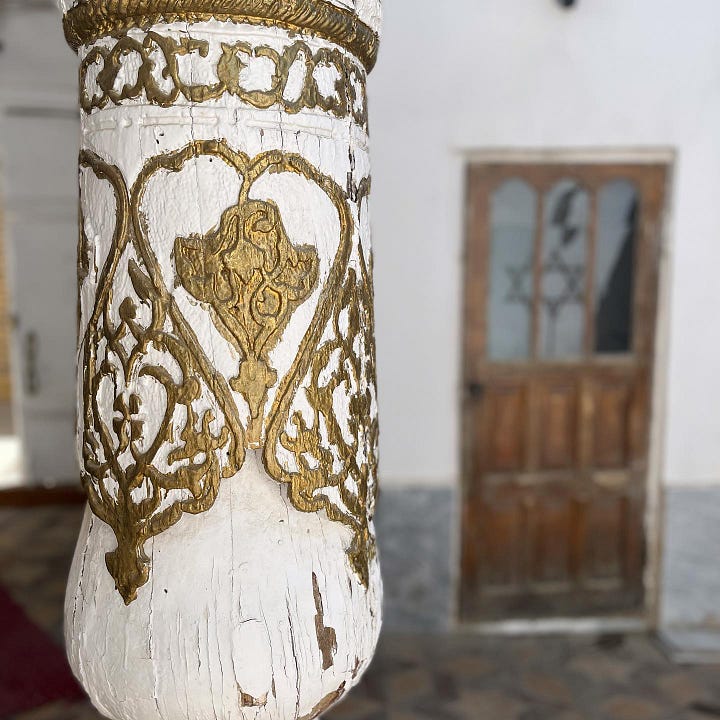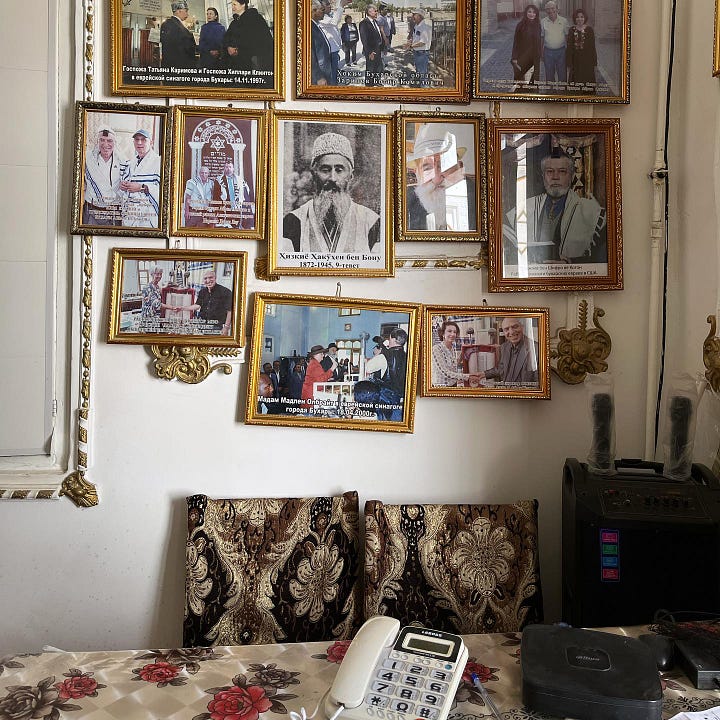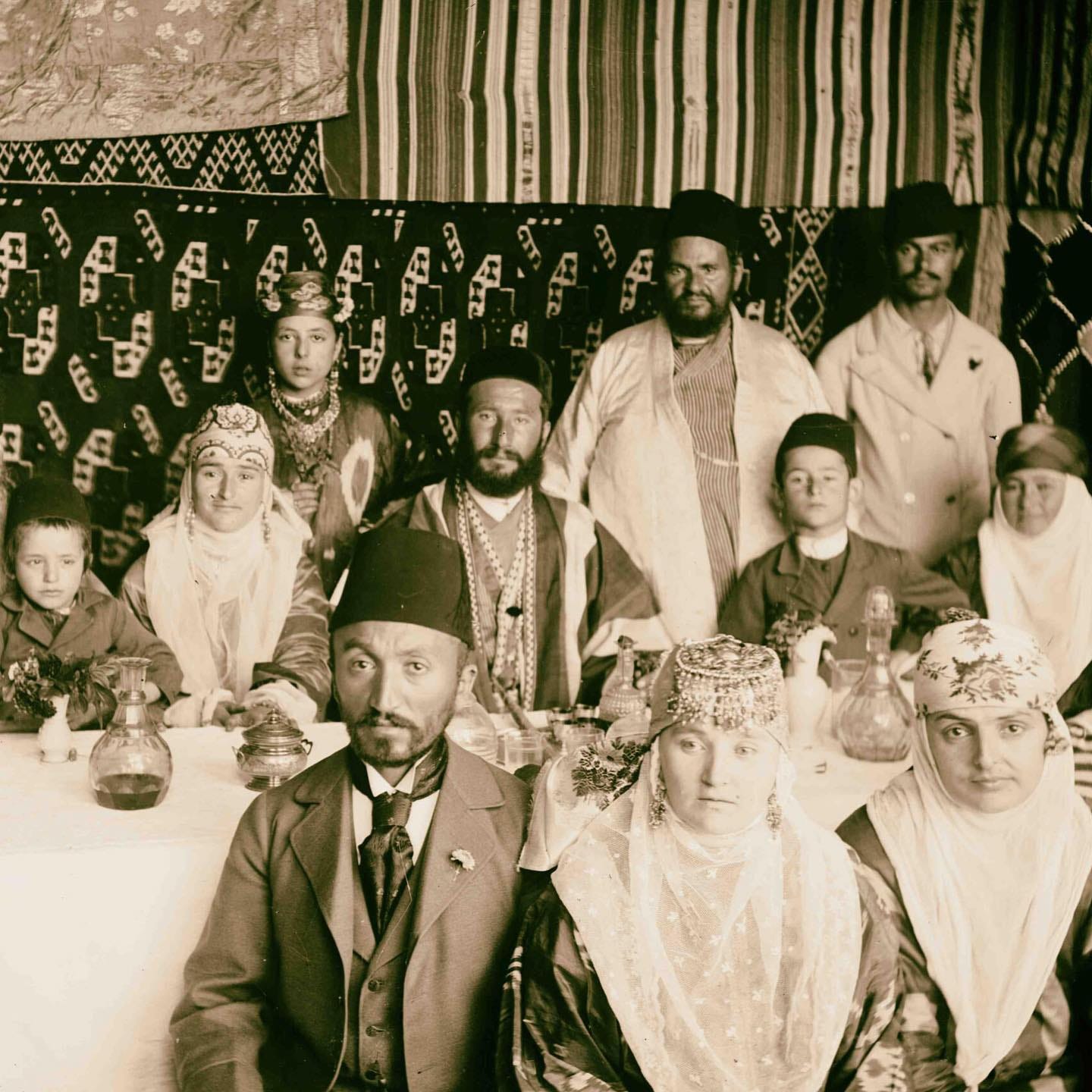On the Silk Road city of Bukhara and its rich Jewish history


Did you know the ancient Silk Road city of Bukhara in Uzbekistan was once home to 23,000 Jews?
When Uzbekistan was occupied by the former Soviet Union (now Russia), tens of thousands of Uzbek Jews fled the country because of anti-Semitic policies, and Uzbekistan’s crumbling economy at the time. Many settled in New York City and what is now Israel.
Today, there is a tiny community of around 200 Bukharan Jews left.
At Bukhara’s synagogue, I met Abram Ishakov who is the synagogue’s cantor. He proudly showed me a Torah that had travelled to Afghanistan, Iraq, Israel and the occupied West Bank.
Wherever I travel, I find myself searching for old synagogues.
In North Africa, Central Asia or the Middle East, synagogues are usually remnants of Mizrahi (Arab) Jews or Sephardi (Spanish and Portuguese) Jews who were expelled from the region because of anti-Semitism.
There is also a ludicrous rumour that the Pashtun community my family is part of, is linked to one of the lost tribes of Israel (ludicrous because some Pashtuns I know trumpet about being descendants of the prophet Yusuf/Joseph who was renowned for his good looks).
Hyphenated identity bearer and child of post-colonial migration that I am, I’m fascinated by all of these entangled connections.
Just before I left the synagogue, I saw a Muslim woman wearing a hijab sweeping the synagogue’s courtyard.
U.K. and U.S. foreign policy in the last three decades has pitted Christian and Jewish communities against Muslims in a “clash of civilisations” (thanks Samuel Huntington). Israel’s enduring occupation of the West Bank and Jerusalem since 1967 has also turned sights like this into a rarefied unicorn moment.
But buildings like this synagogue and the fading elders still among us have memories that stretch back further than the claws of empire, Apartheid and occupation, when language and culture were the gravitational forces that held a community together, such that a Bukharan Muslim and Jew might have had more in common than their respective religious peers elsewhere.





